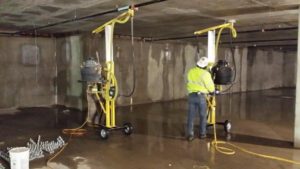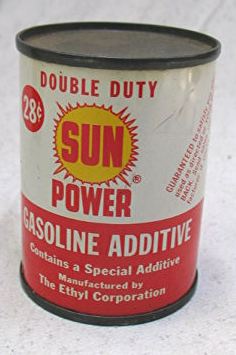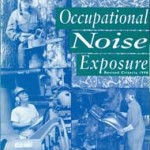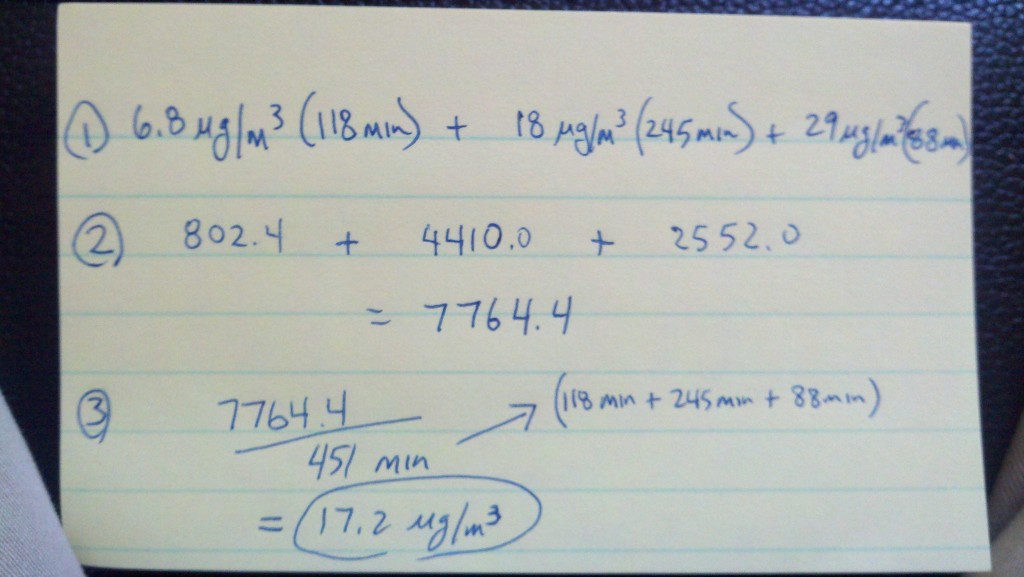Tue 6 Dec 2016
Silica in Construction: What you should be doing now
Posted by admin under Air Monitoring, Carcinogen, Concrete, Drywall, Dust, Engineering Controls, Exposure, Federal OSHA, Hazard Communication, industrial hygienist, occupational hygiene, OSHA, PEL (Perm Exp Limit), Personal Protective Equip (PPE), safety, Safety Policies, Safety Programs, Sandblasting, Silica, Training, TWA
Comments Off on Silica in Construction: What you should be doing now
At this point, the OSHA silica rules are forthcoming, what should you be doing to prepare?
- Read the OSHA Small Entity Guide. Initially it is daunting – 103 pages, but much of it is specific to tasks from Table 1 and the full rules are within it, as well. Plus, they have pictures!
- Identify tasks which could have silica exposuresÂ
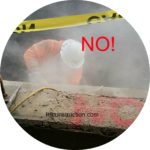
- Train employees, identify your “competent person(s)” – my suggestion is: Superintendents/Project Managers
- Warn those on your projects: NO VISIBLE DUST on any tasks (cutting, finishing, dry sweeping, etc.)
- Document activities with airborne silica exposures below 25 ug/m3
- Identify possible solutions for overexposures
- Verify airborne levels with personal air sampling
- Start a process to log the number of days with (any) exposure – >30 is inclusion into medical
- Find a medical provider that can have medical screen performed & with a B reader
*Thanks Andrew for the photos*
